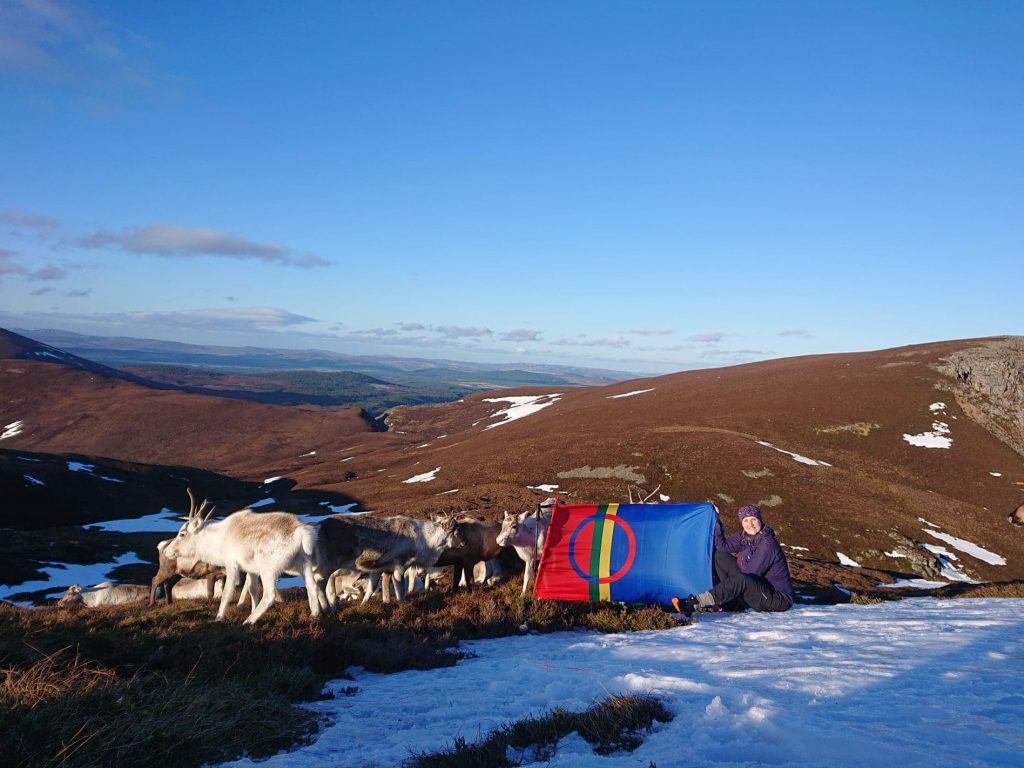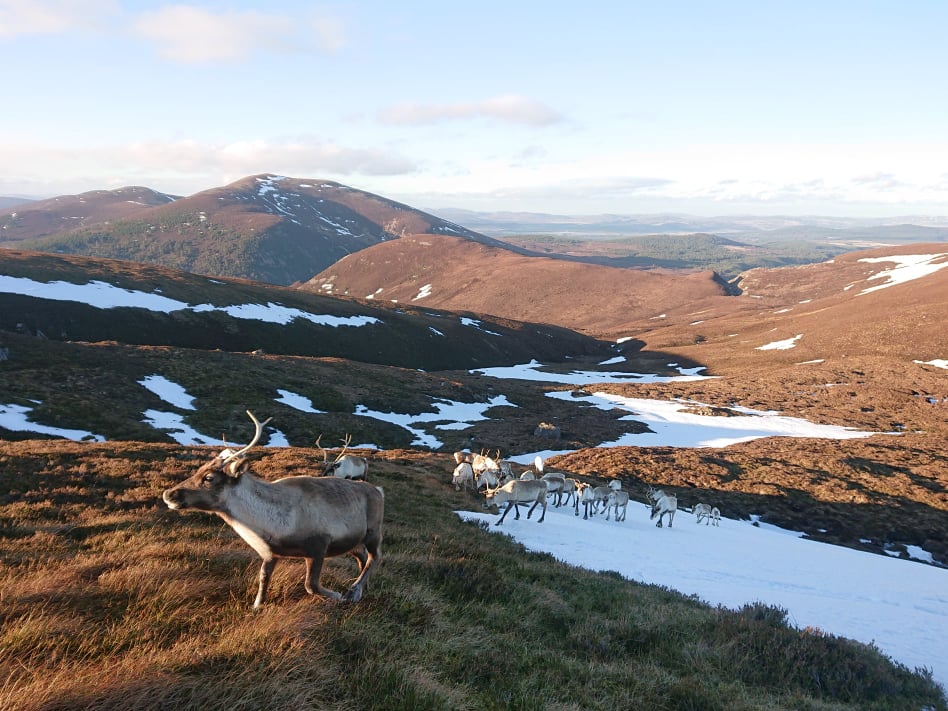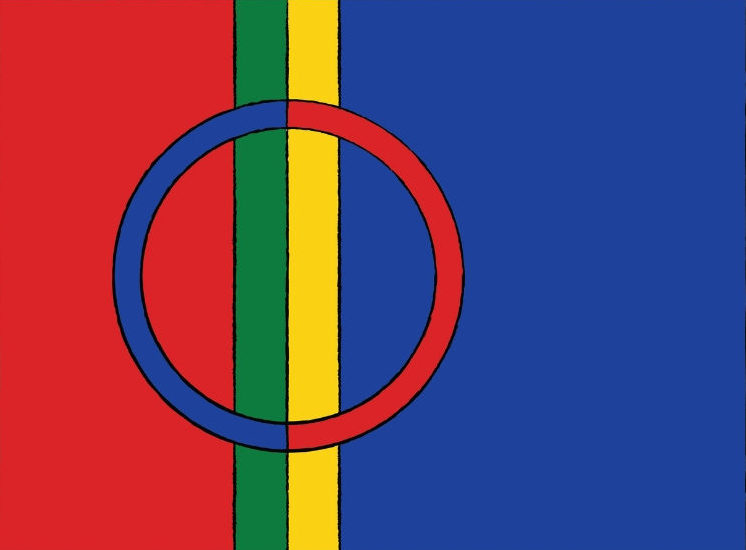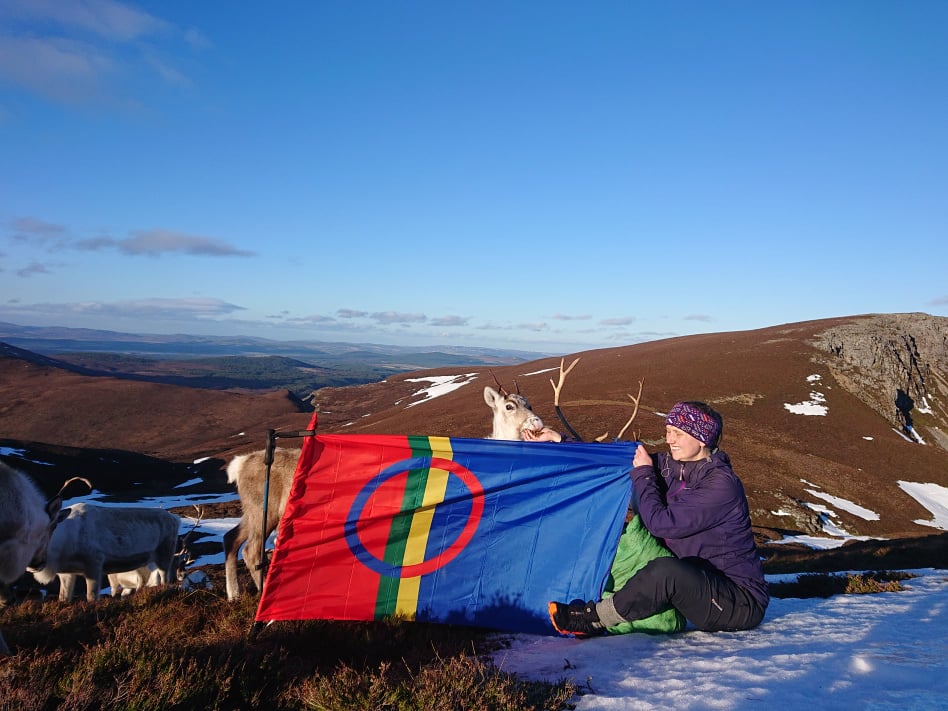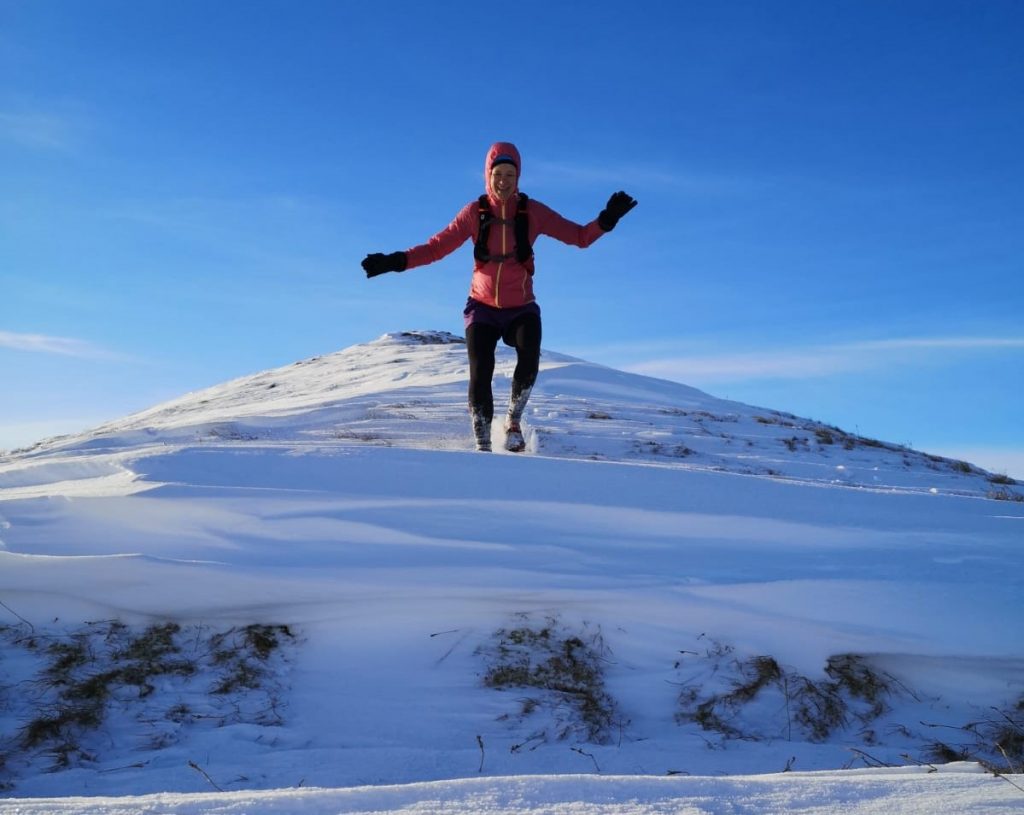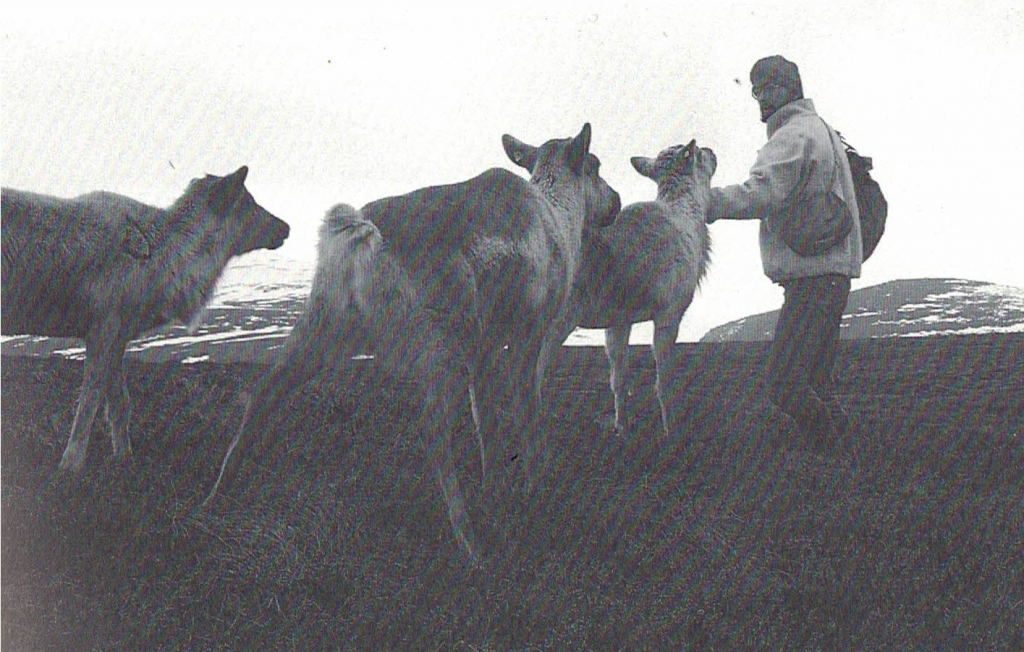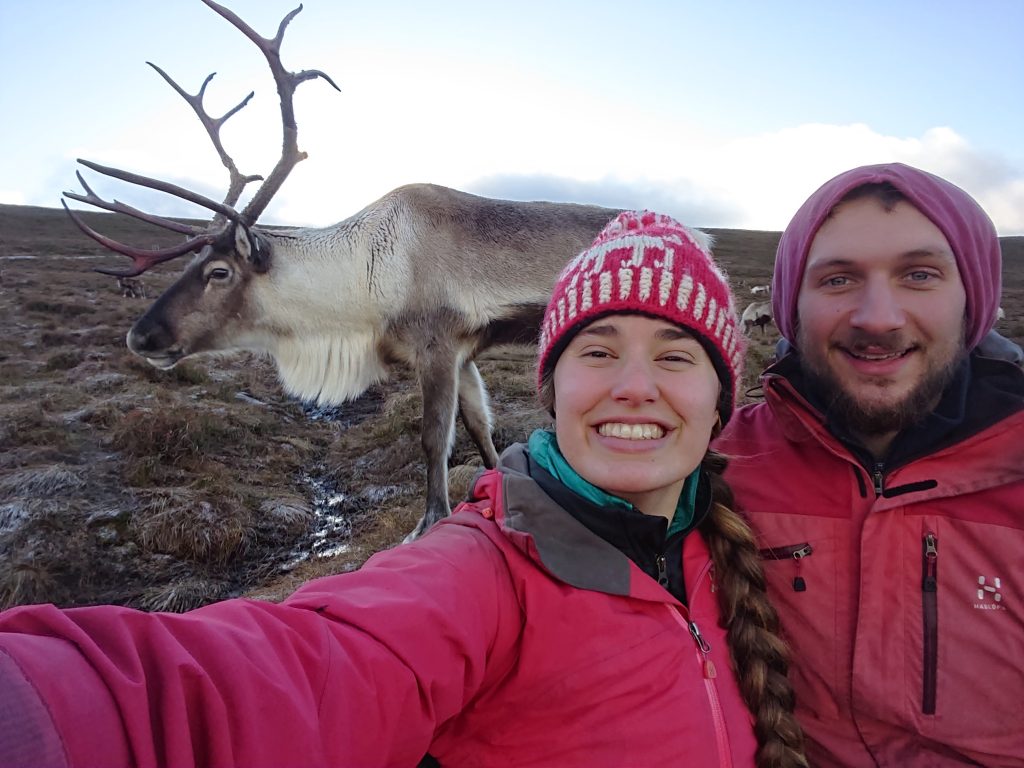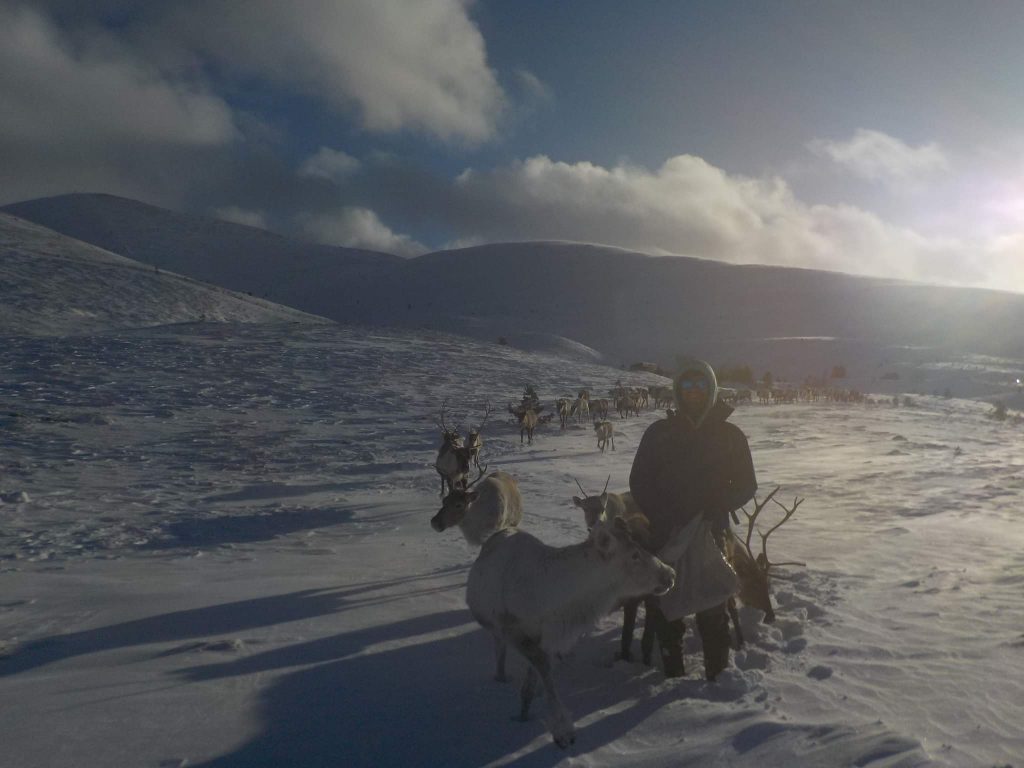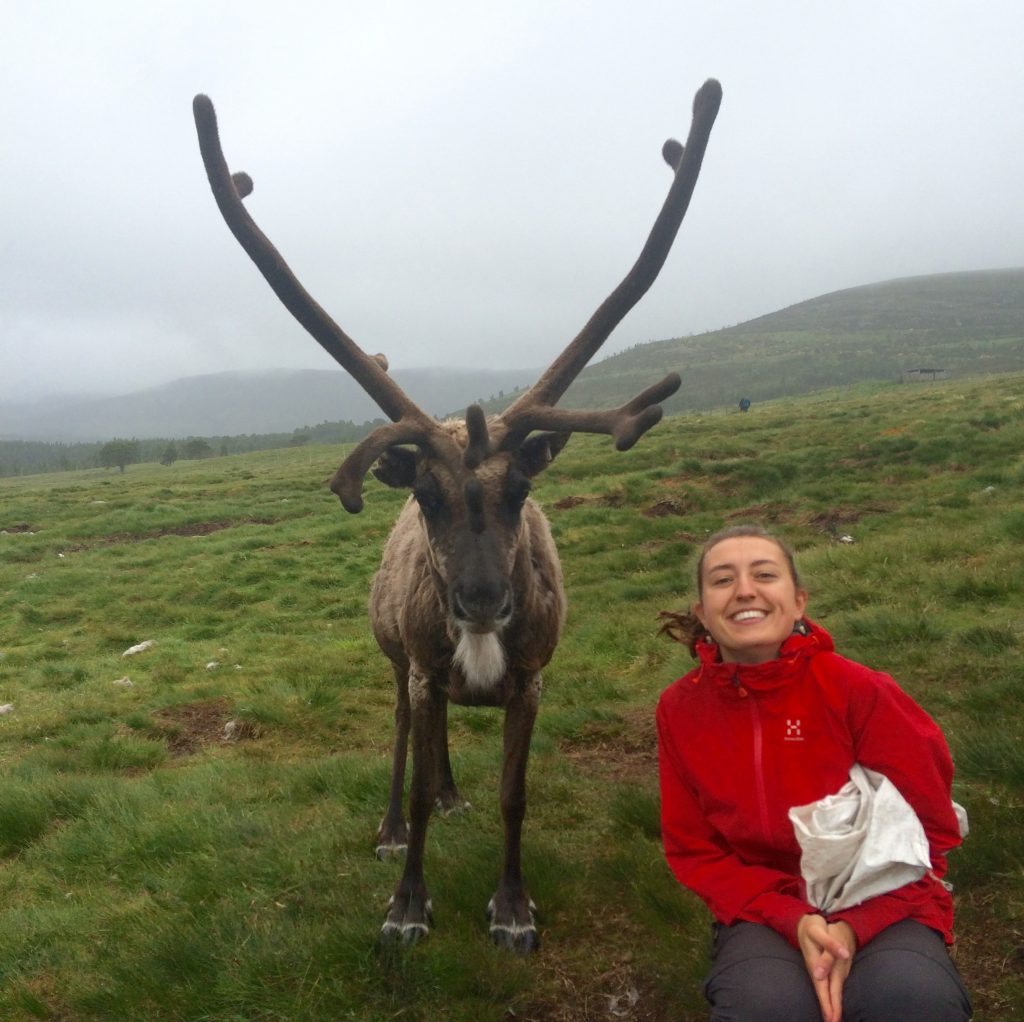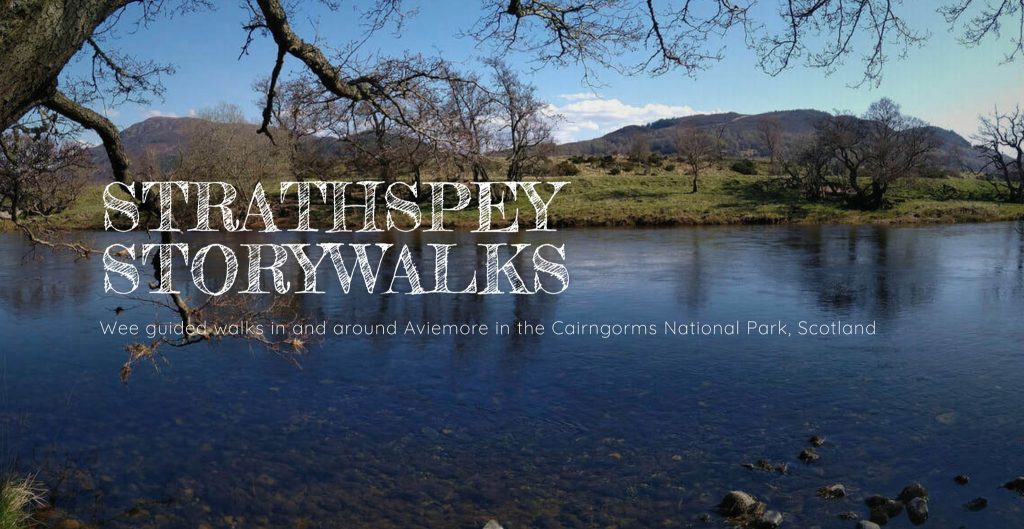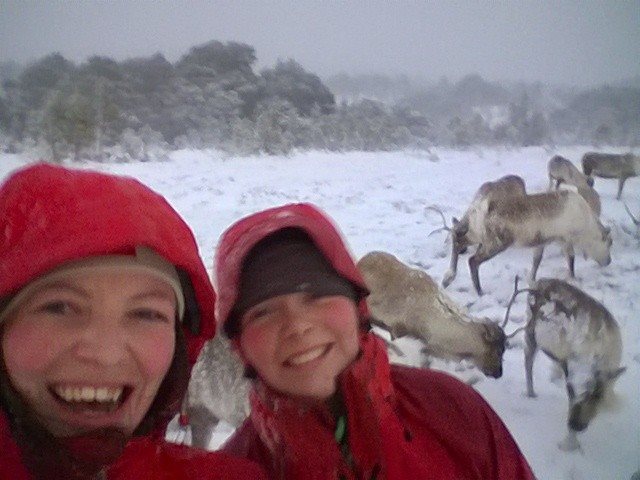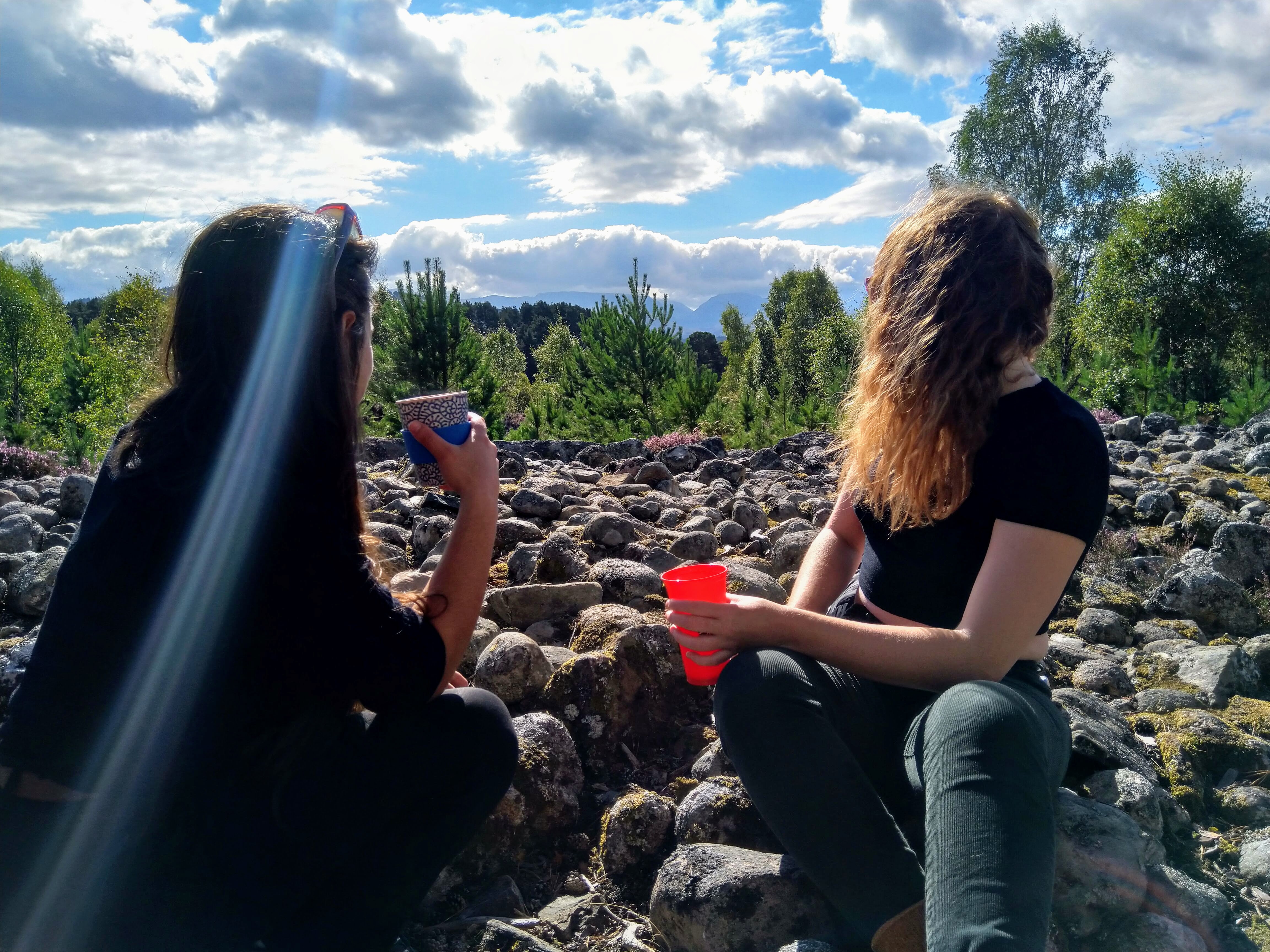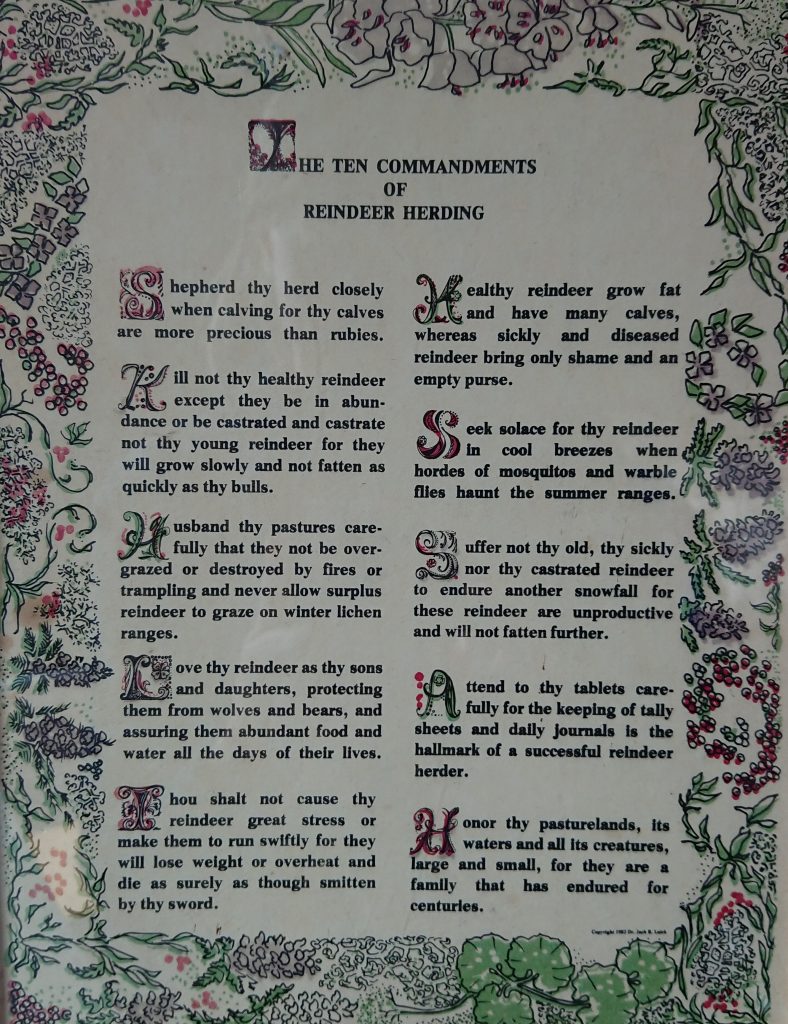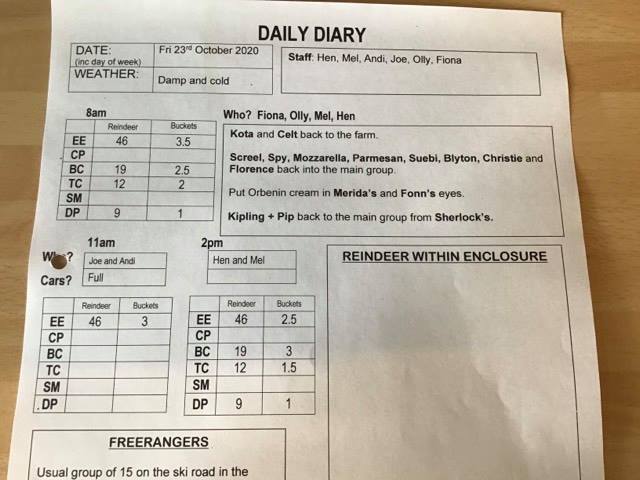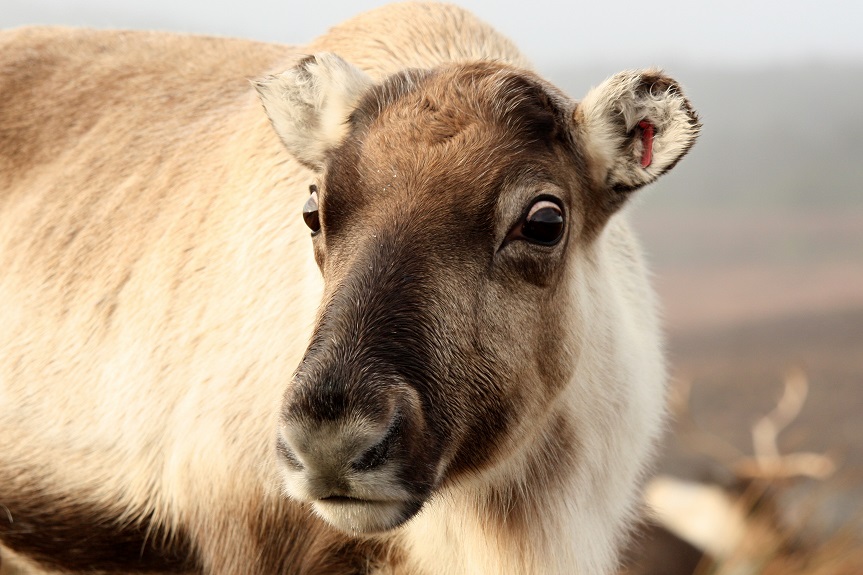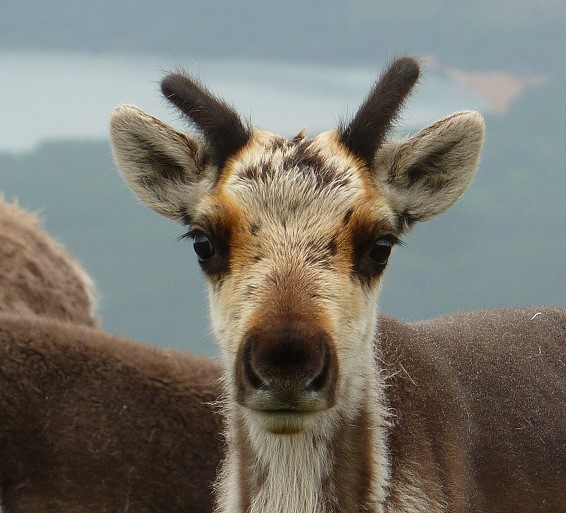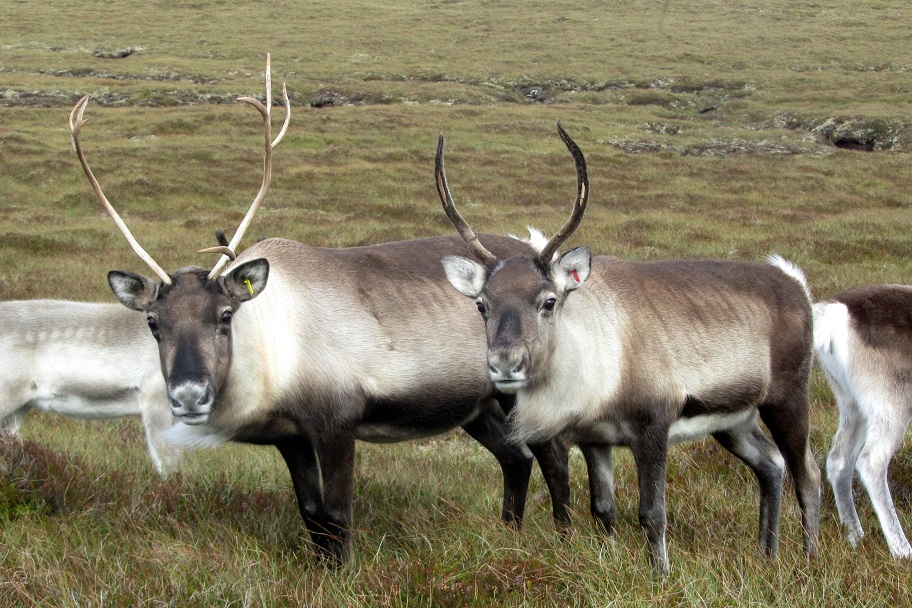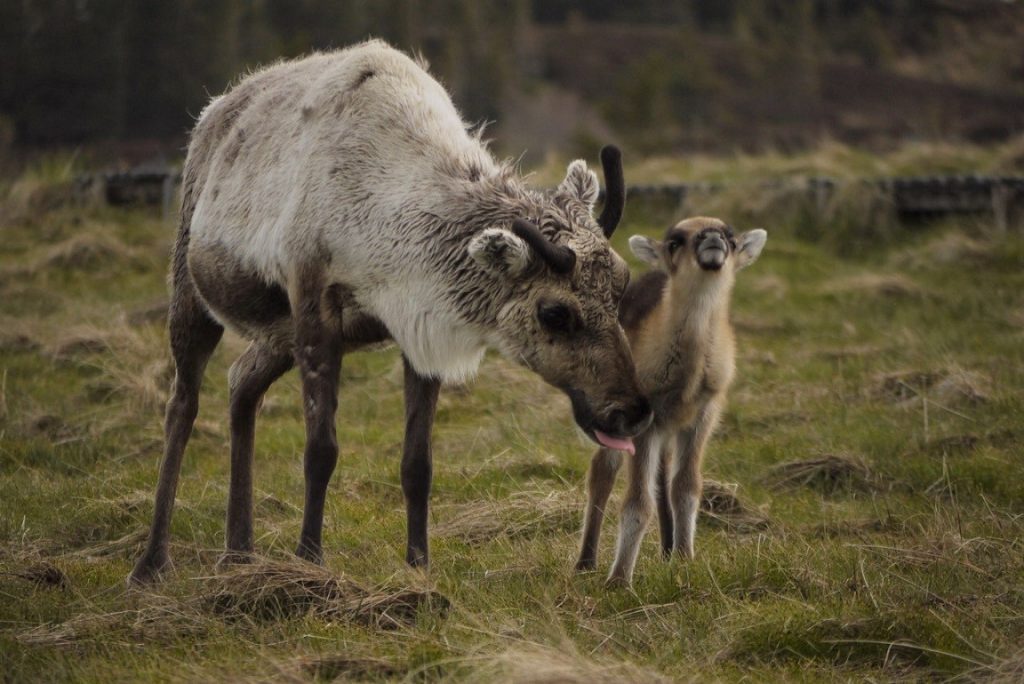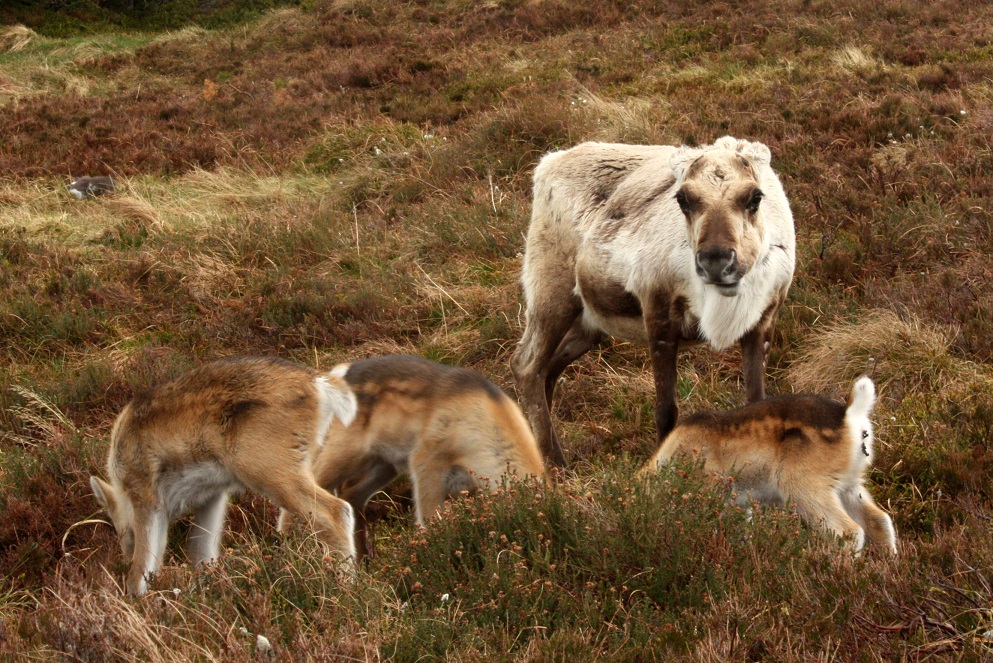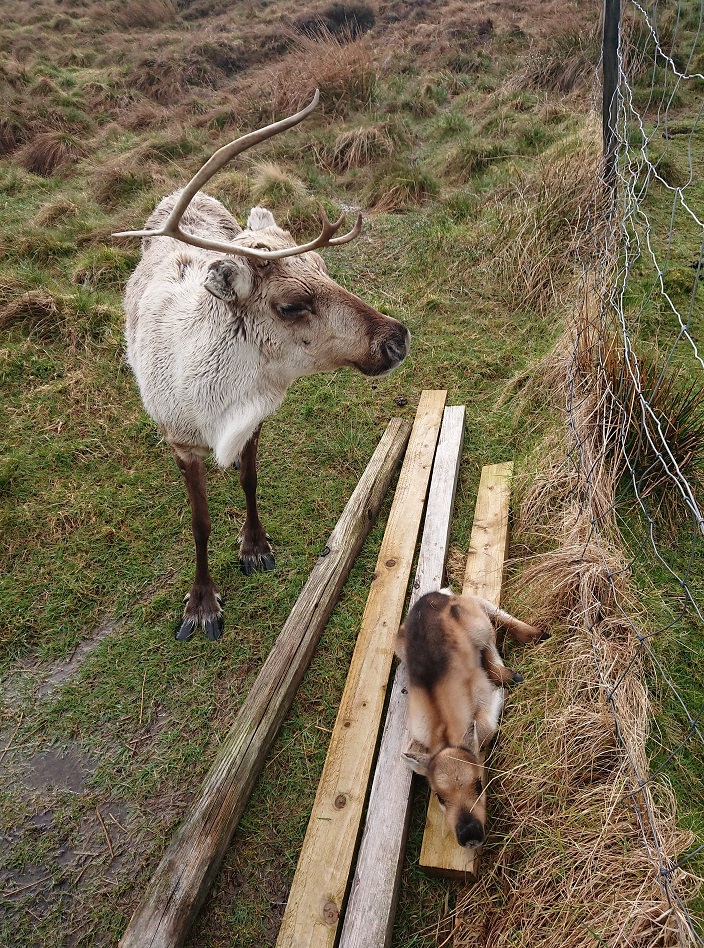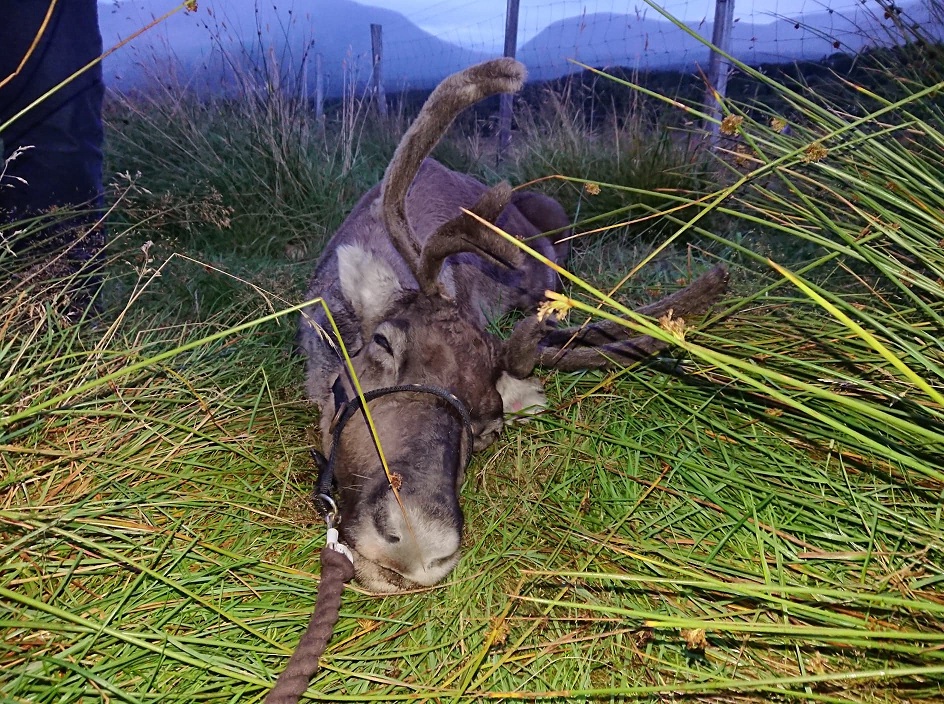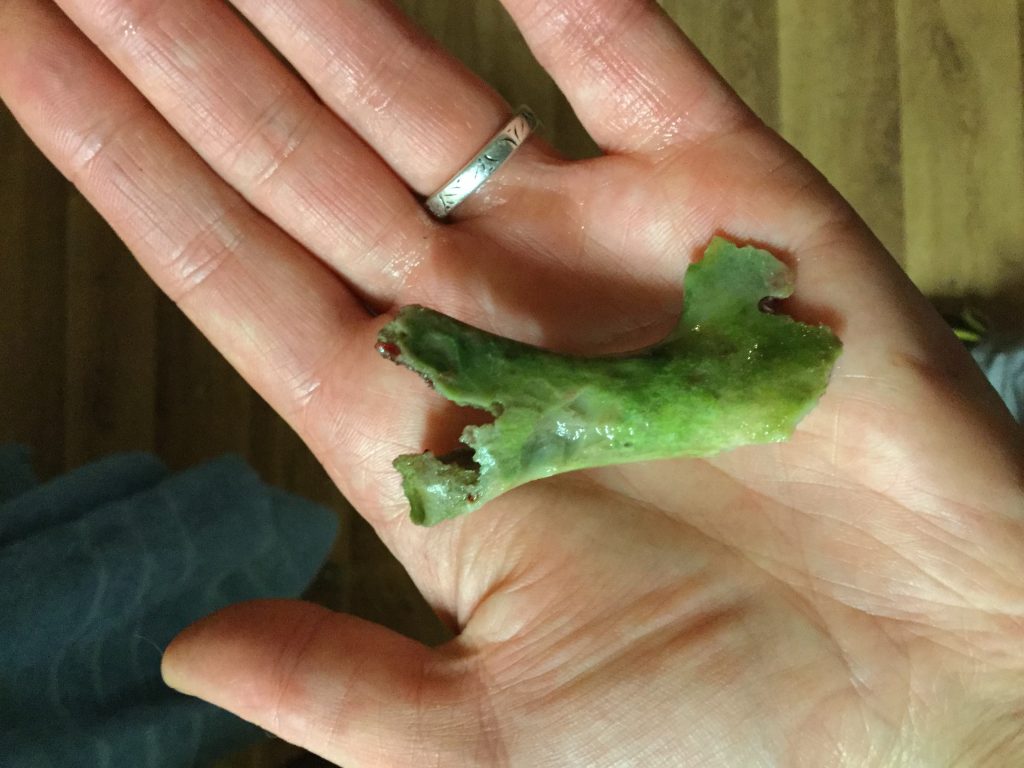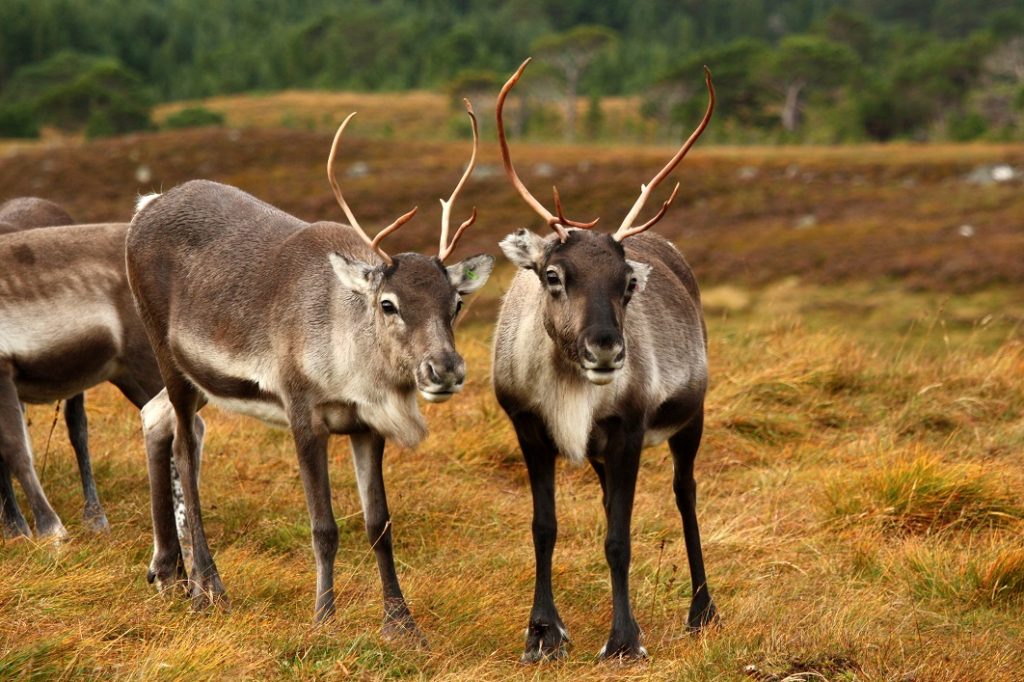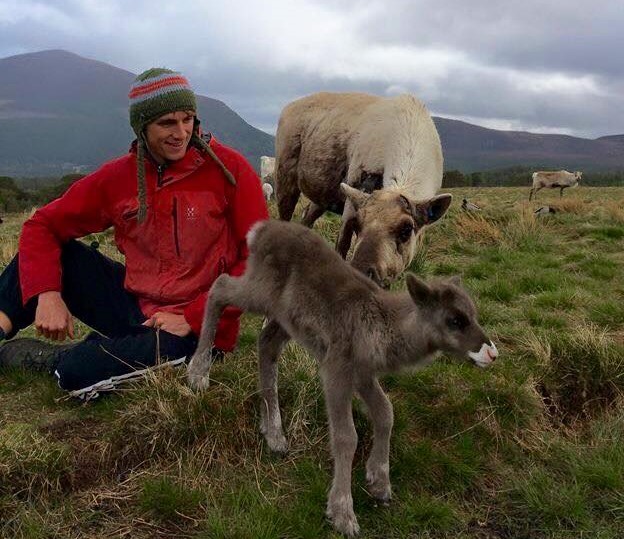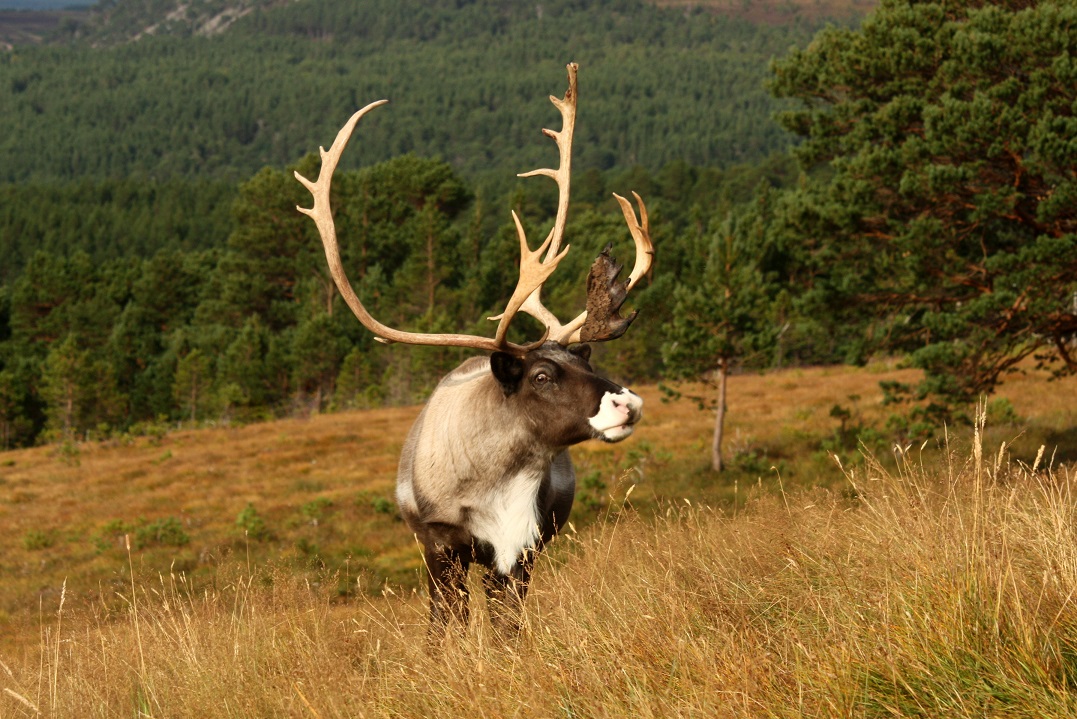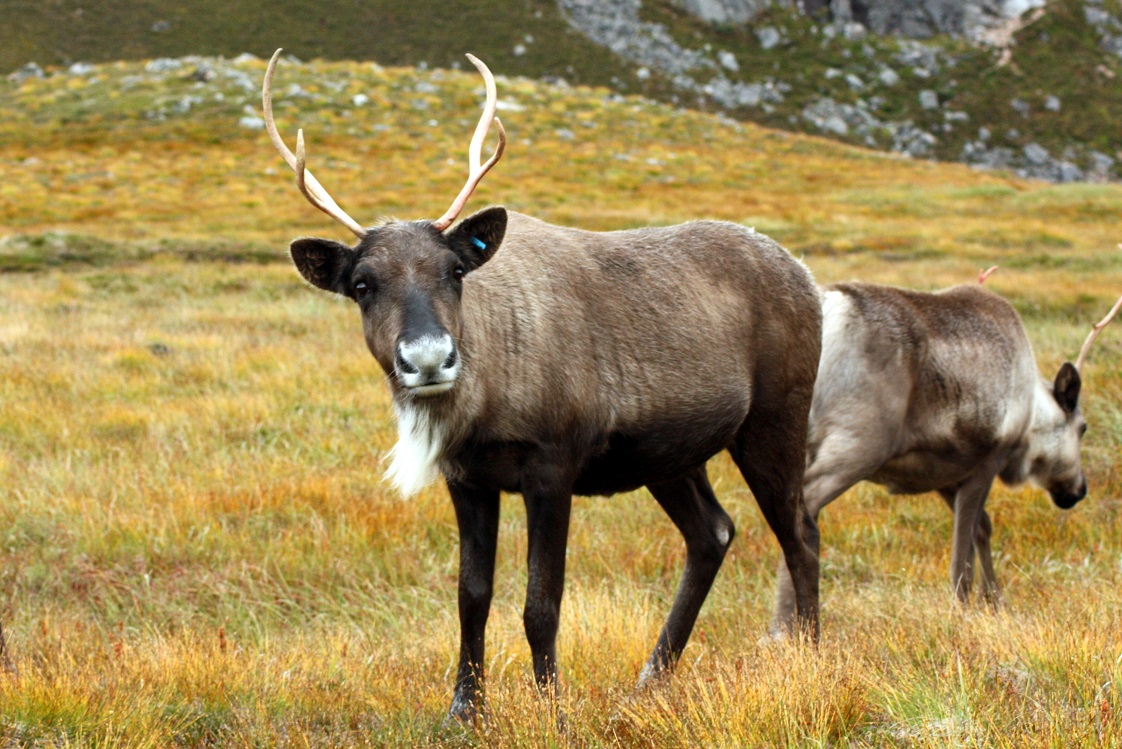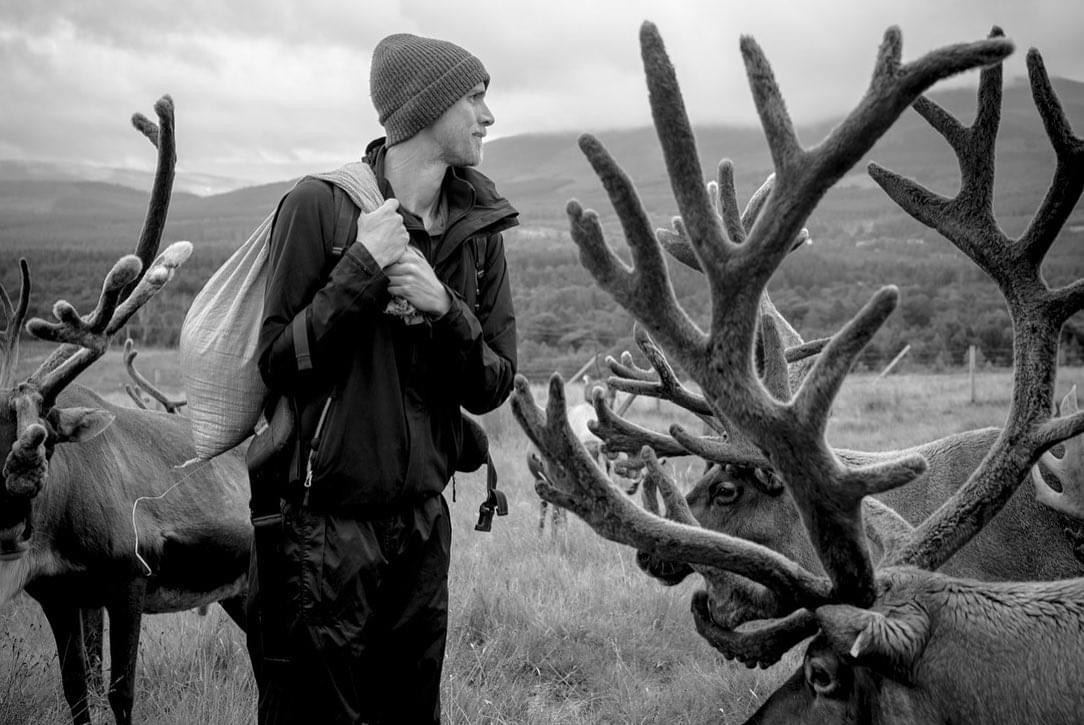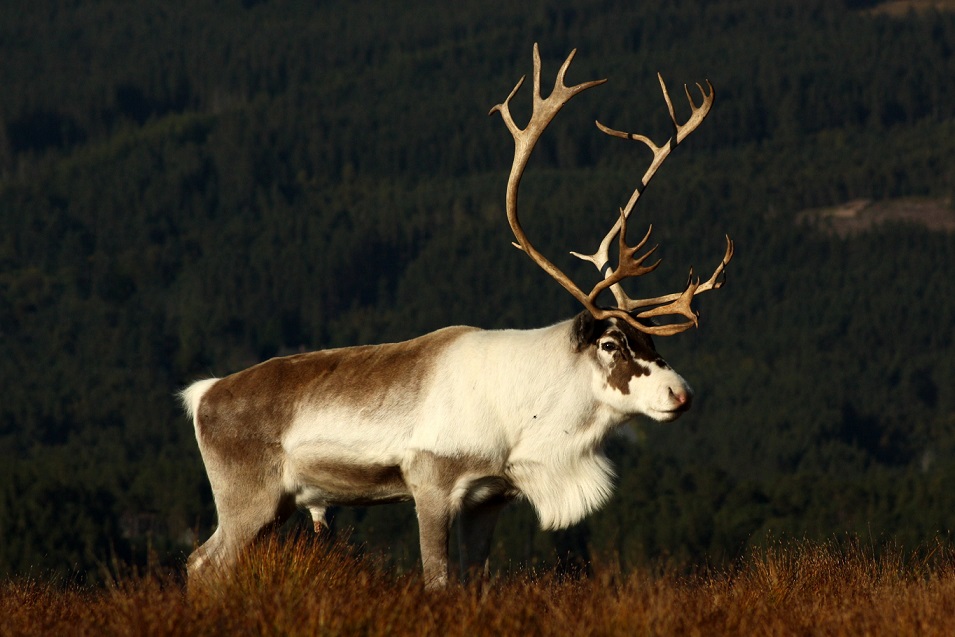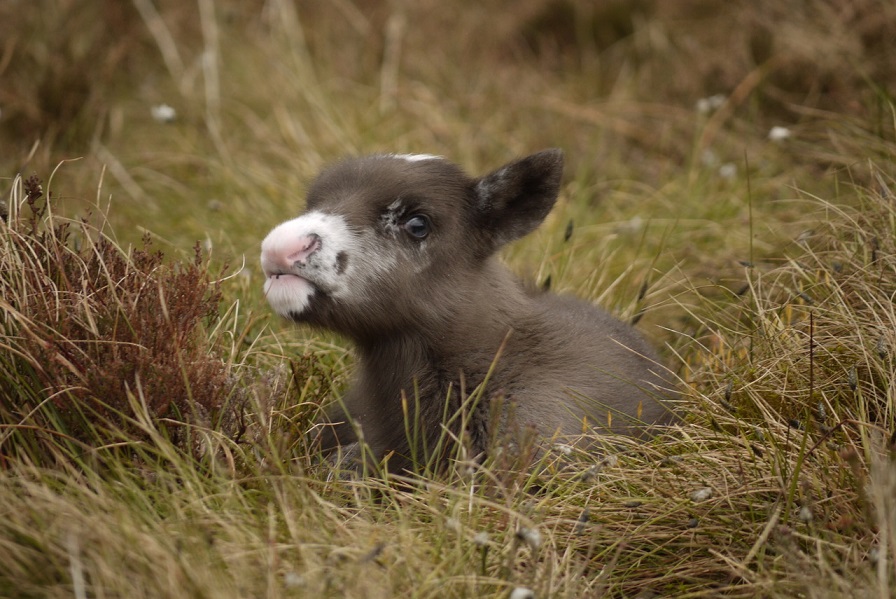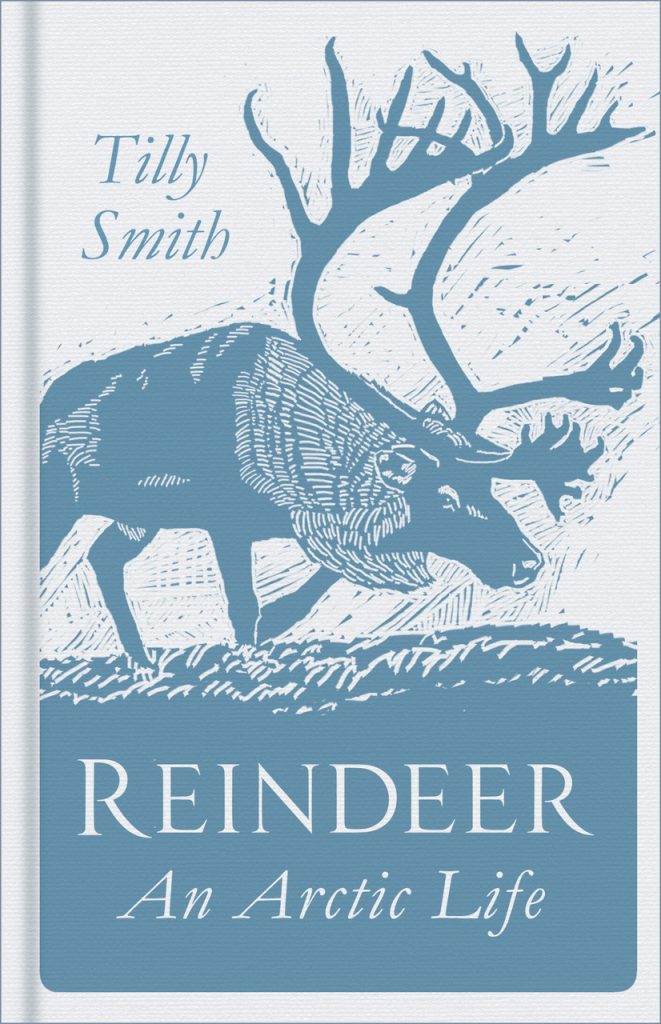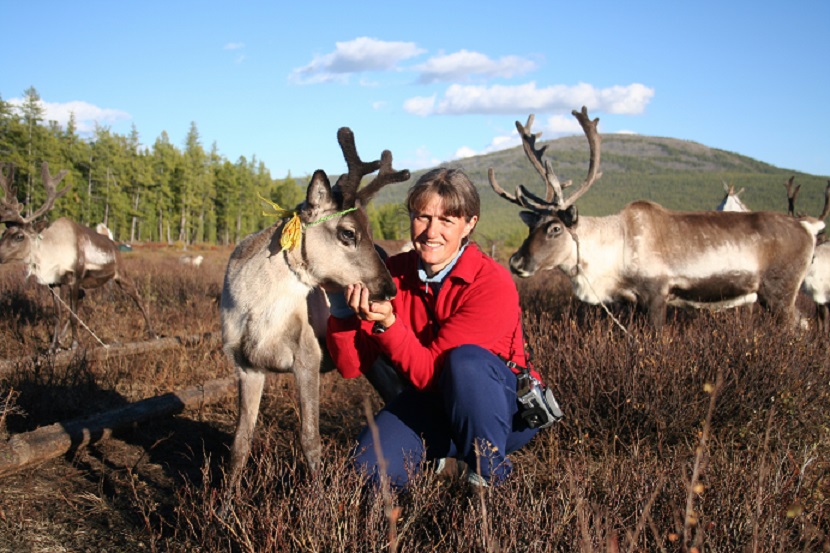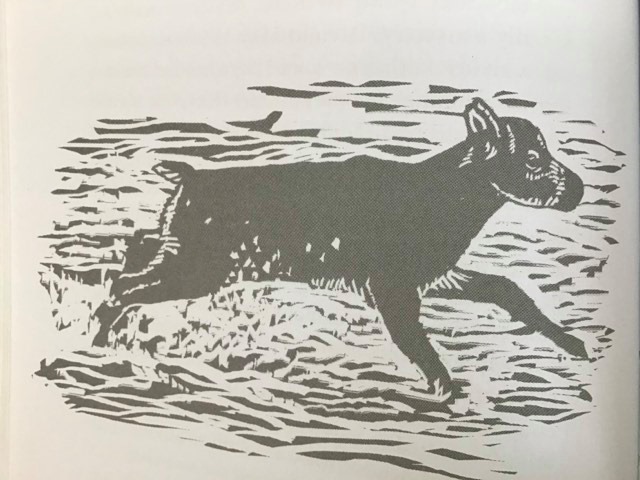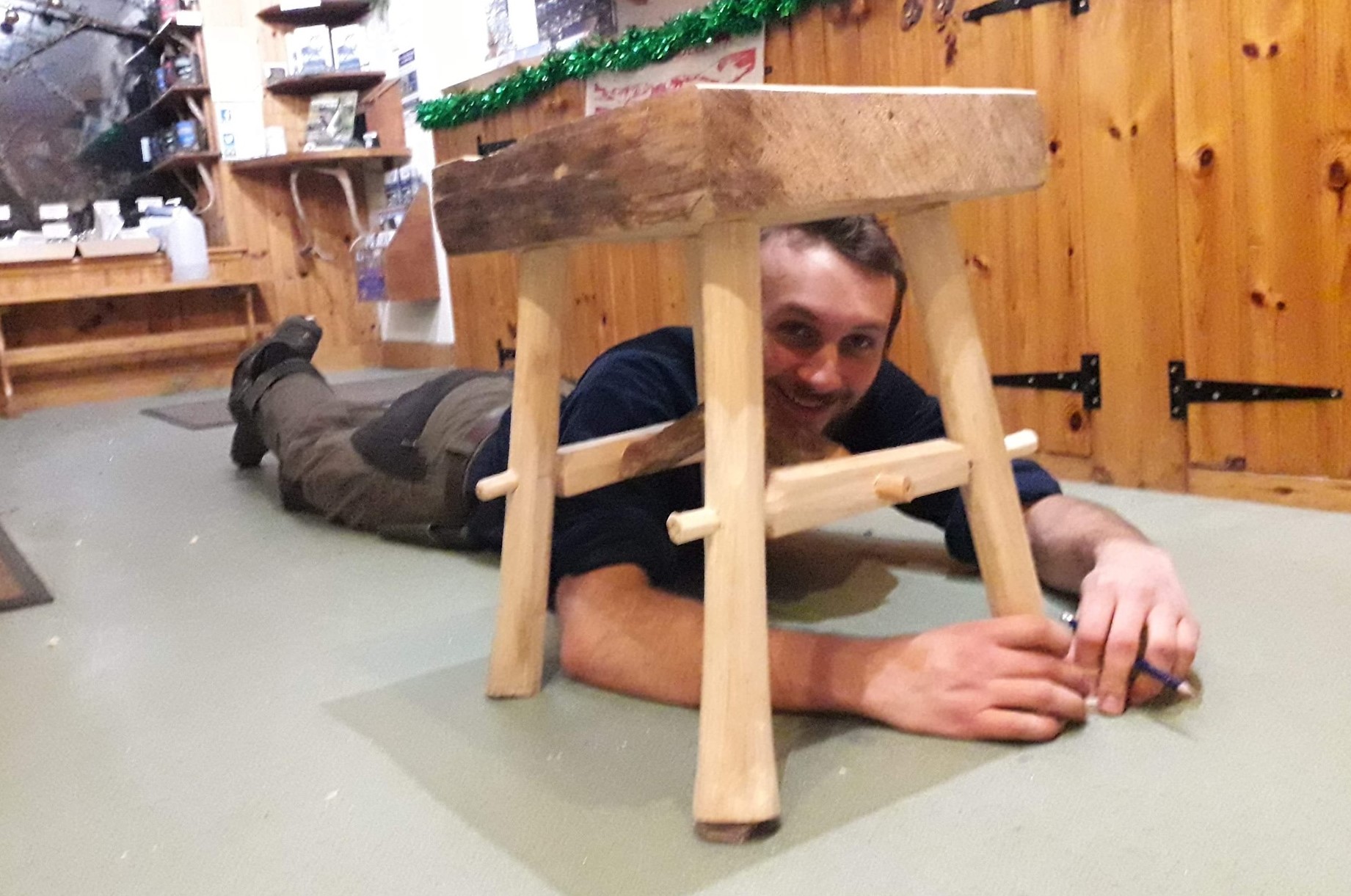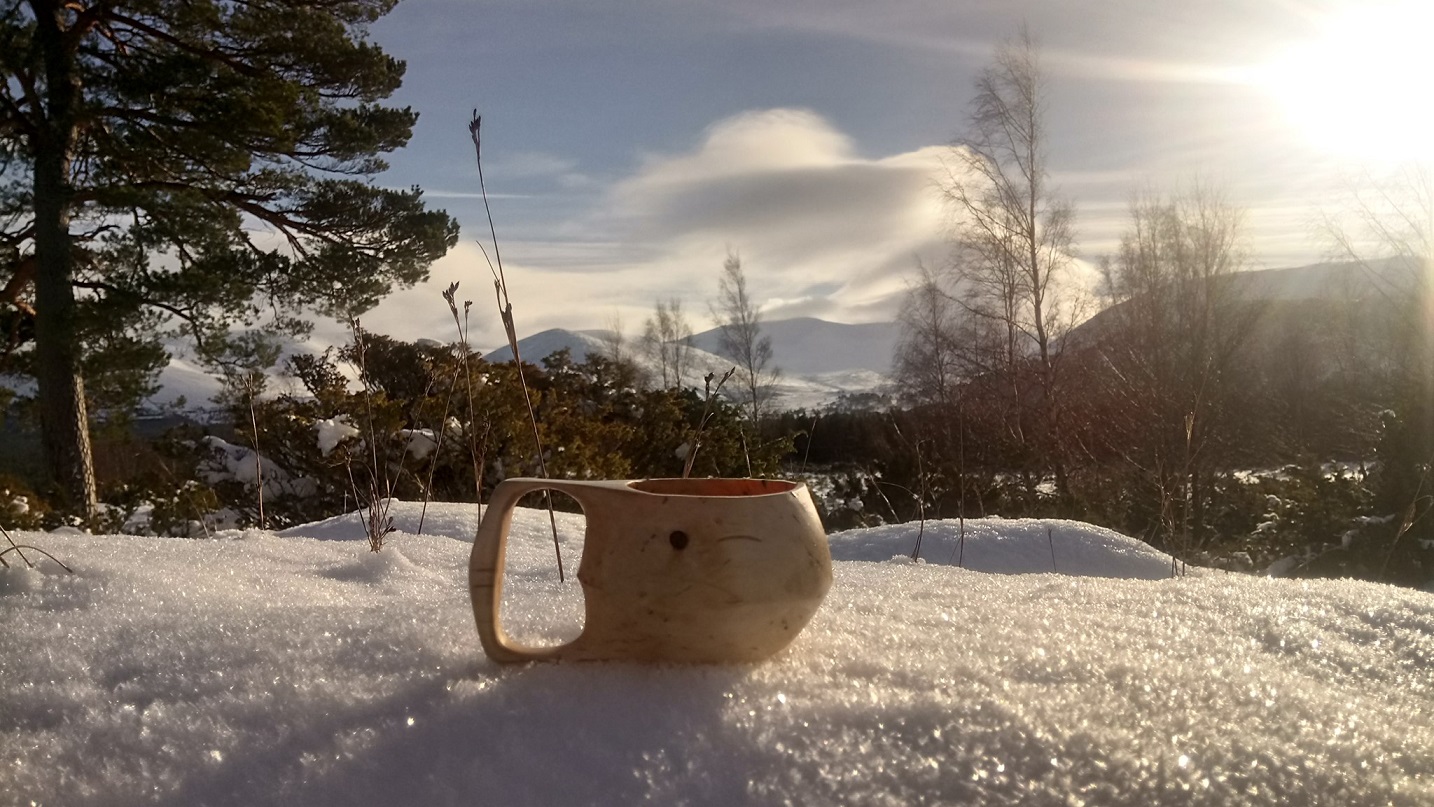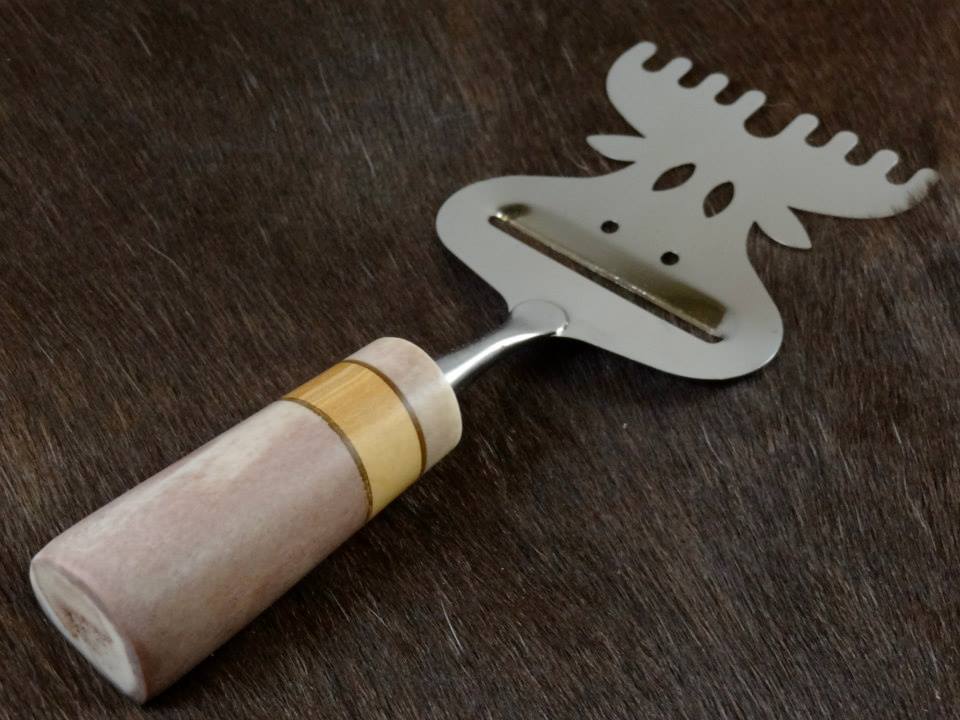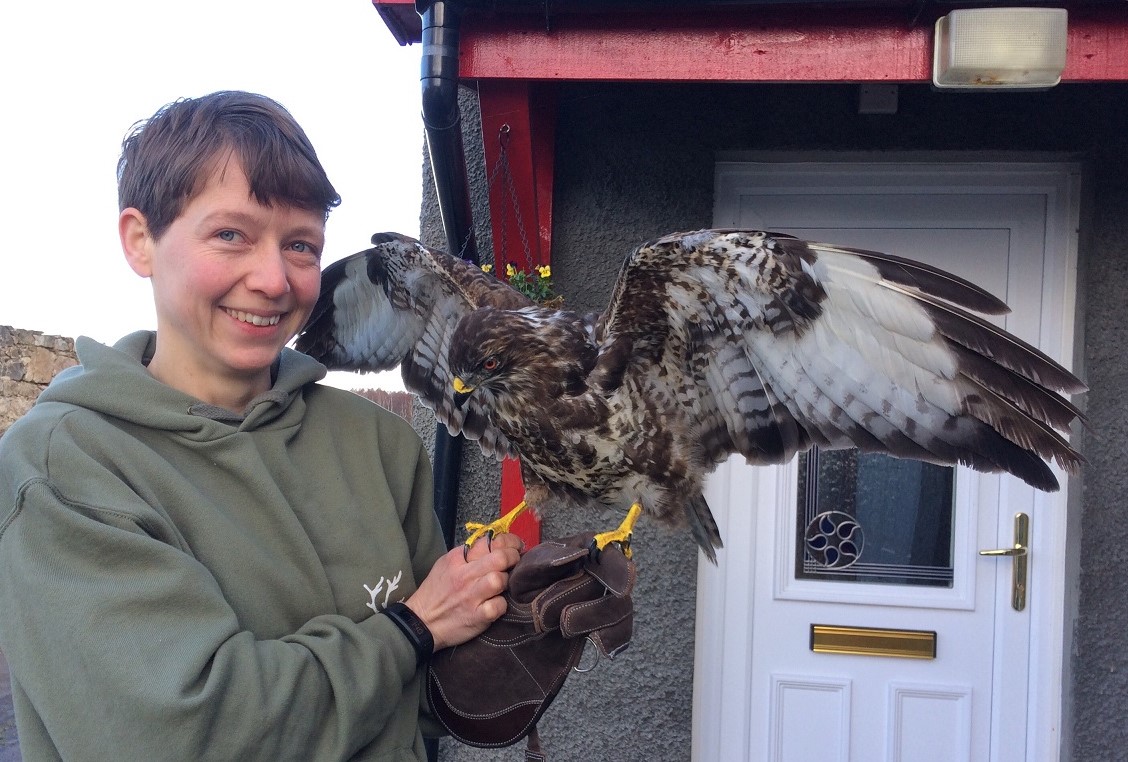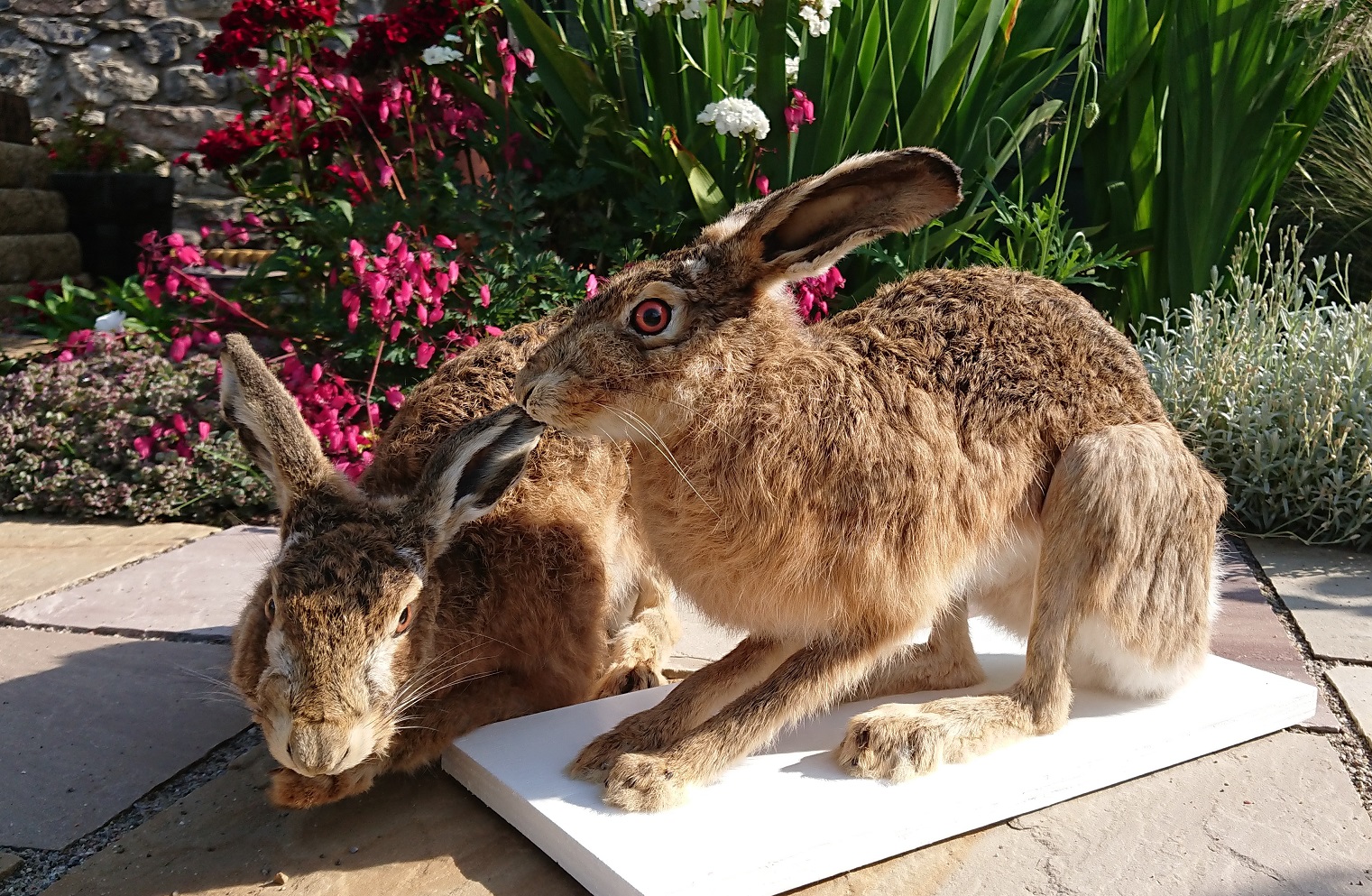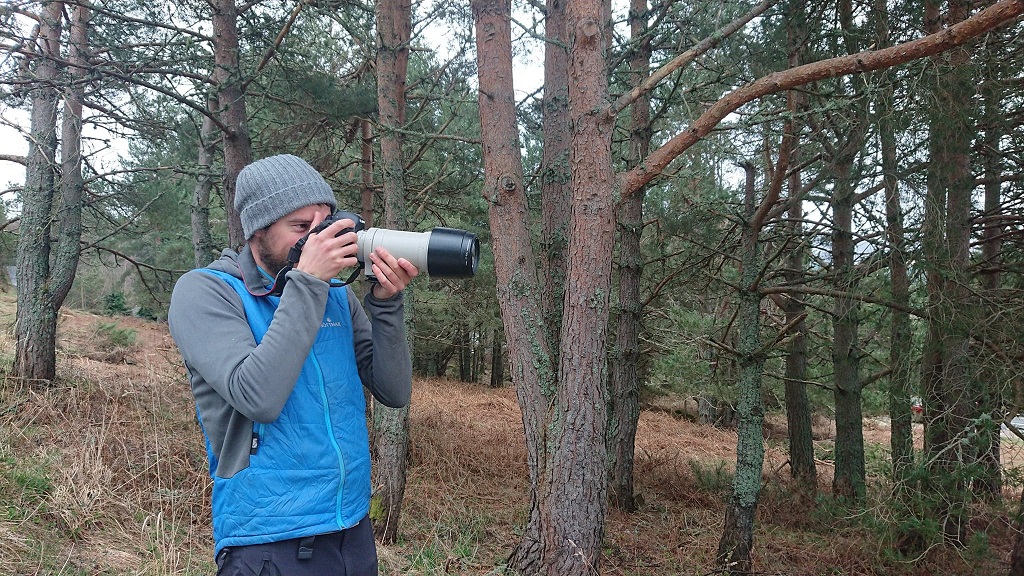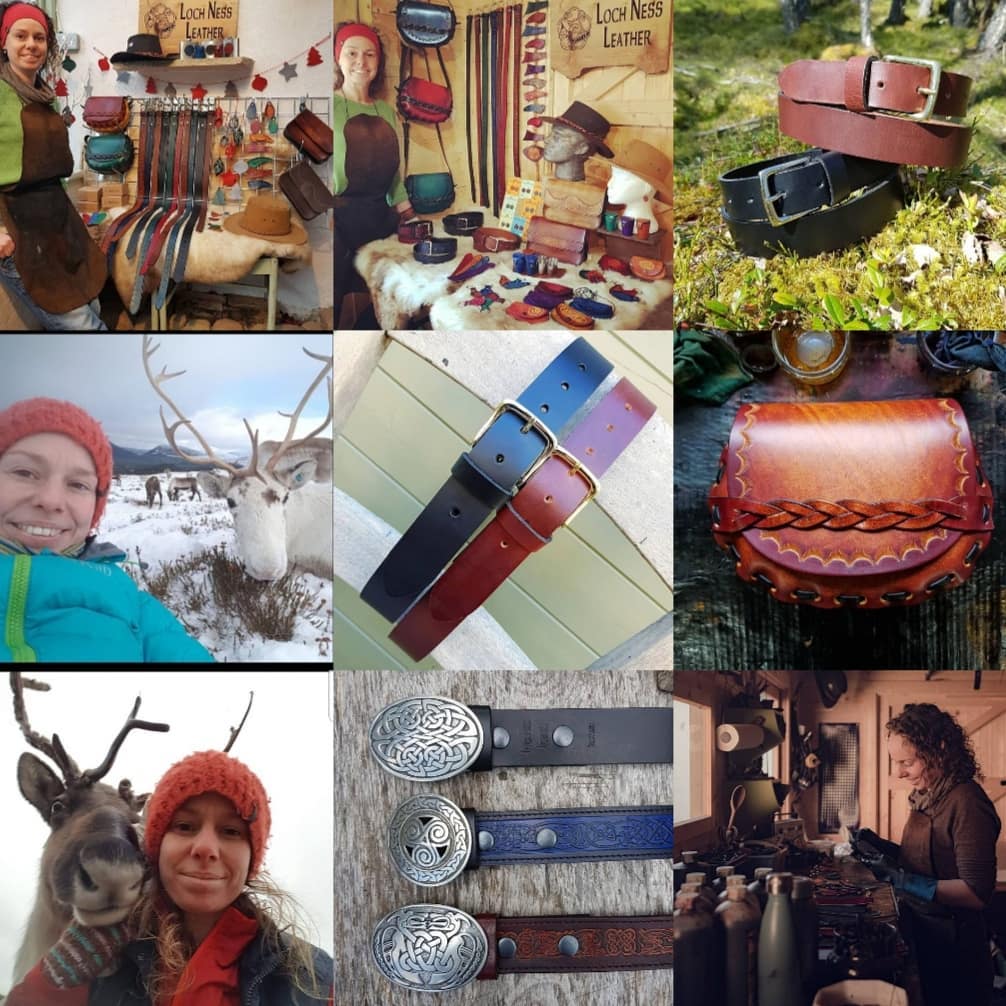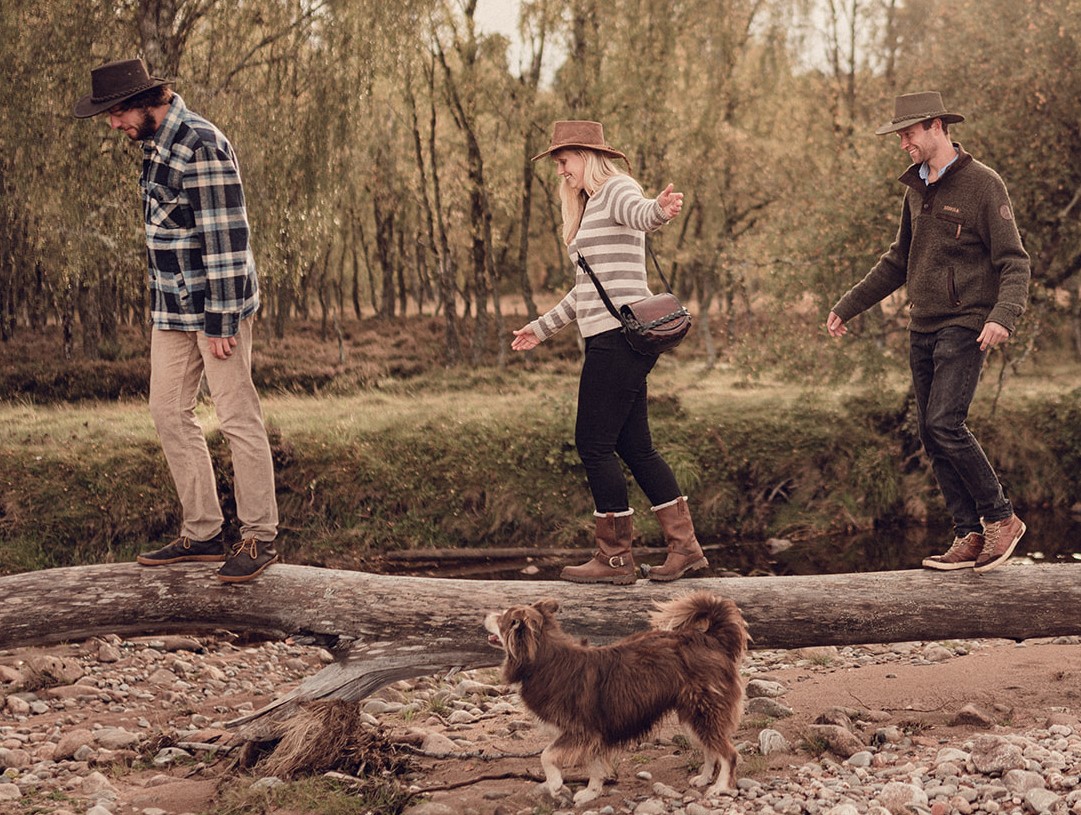Most of the time our reindeer give birth in our 1200 acre mountain enclosure, not requiring any assistance or shelter whatsoever. Calves are born with a thick, waterproof calf coat, so anything the Scottish weather throws at them is not an issue. Our enclosure can be segmented into several different areas, so what we do is to have the herd of pregnant females in the main, largest, bit, and create a ‘nursery’ in a smaller area, known as the ‘Bottom Corridor’ (as opposed to the ‘Top Corridor’, unsurprisingly further up the hill). Pre-natal and ante-natal, if you will.

When a cow is ready to calve she will generally head away from the herd, wanting her own space and peace and quiet. This may be a few hours before calving or it may be a couple of days, depending on the individual. We always count the reindeer each time we feed them, so can work out if a cow has suddenly gone AWOL; and will then head out round the enclosure to track them down (usually the following morning). However, 1200 acres is the size of 1200 football pitches, part of it heavily wooded, and finding a lone reindeer can be a real mission. If they are out in the open somewhere then generally it’s not too hard to track them down, but if they disappear into the depths of the woods then it’s much harder.
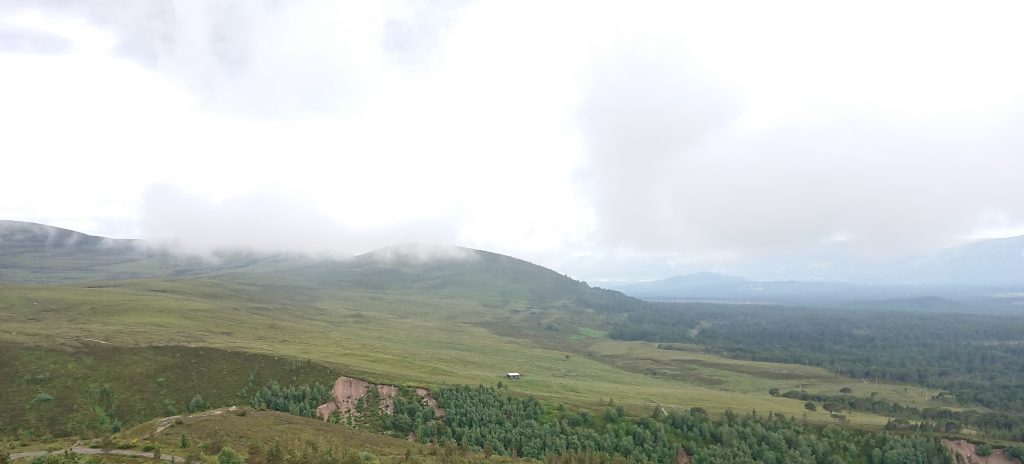
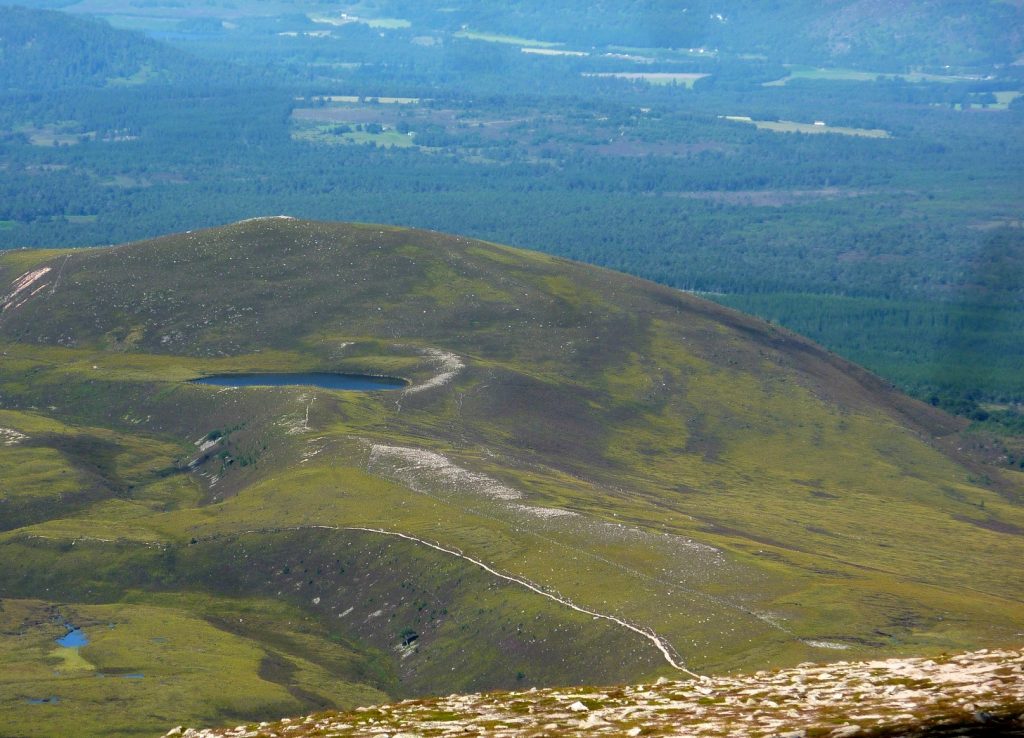
This calving season in particular felt like the reindeer were running rings around us, with hardly any of the cows being easy to find. In fact the very first cow who headed away from the herd to calve wasn’t found until two days later, and most of the following few reindeer calved down in the woods too, necessitating long searches, sometimes fruitless and sometimes fruitful.
Let me make this clear too, we’re not talking a pleasant stroll along nice easy footpaths. The forest in the enclosure is proper Caledonian pine forest, complete with a dense understory of juniper, blaeberry and heather, and VERY boggy. Oh, and some of it is extremely steep. And there’s no proper paths, only narrow, muddy deer tracks (made by the reindeer, but also wild red and roe deer). Several hours of trawling through the forest is utterly exhausting, and if emerging eventually empty handed with boots squelching, also utterly demoralising.


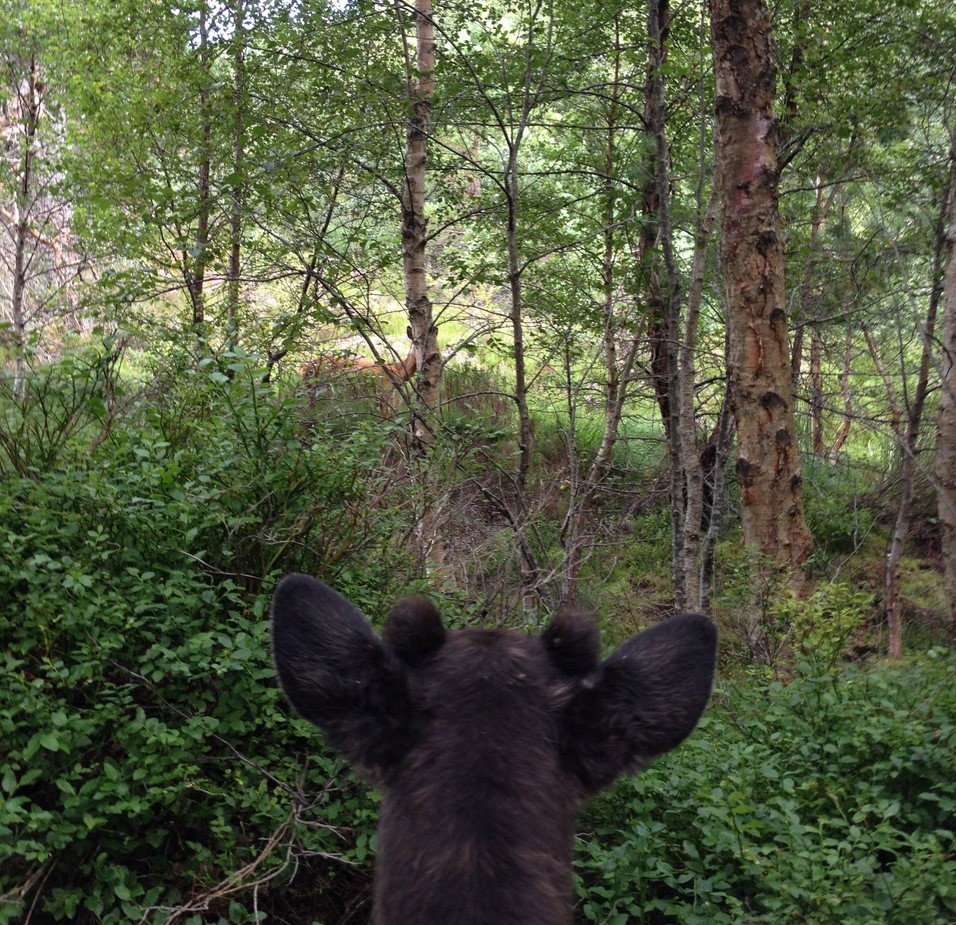
In 2020, thankfully the reindeer were kind to us during the calving season, as it fell right in the middle of the first lockdown and most staff were furloughed. Reindeer calved mostly out in the open, were found quickly and easily, and brought through to the bottom corridor ‘nursery’ with little hassle. This year however… Sika was the first reindeer to head away from the herd to calve, but it was two days later by the time we found her. And in fact that’s not even really true, we didn’t actually find her at all – she joined up with another cow who had calved by that point and we found both together, Sika’s calf at least 48 hours old by that point.
Pagan was the hardest of the lot – it wasn’t until the fourth day of searching before she was eventually located – tucked into the forest in a hidden spot. I was on my day off and very glad to receive a message to say she’d been found – it had been long enough that I had started to think she must have died giving birth. Normally reindeer won’t stay in the spot where they calved for longer than a couple of days, re-joining the herd of their own volition and making finding them eventually more straight-forward. Heading out to the woods with the prospect of several hours of searching ahead, after several days when you think you may actually be looking for a body rather than a newborn calf, is no-one’s idea of fun. But in this case, Pagan was completely fine, and probably rather smug that she’d managed to waste many, many hours of our time over four days!
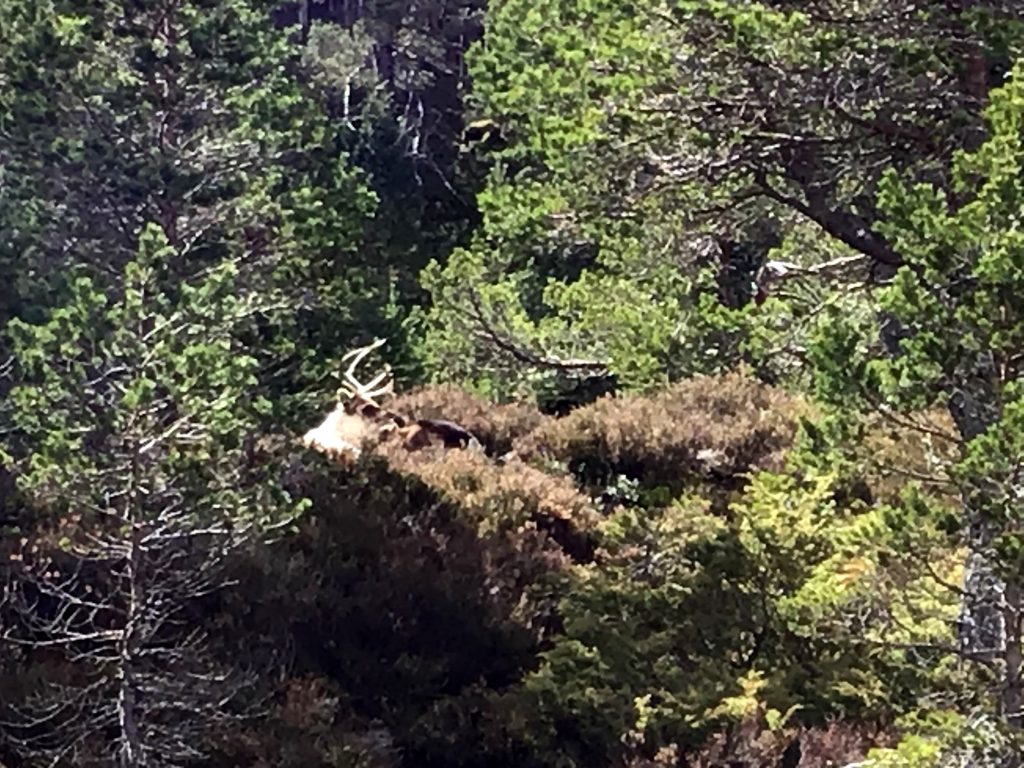
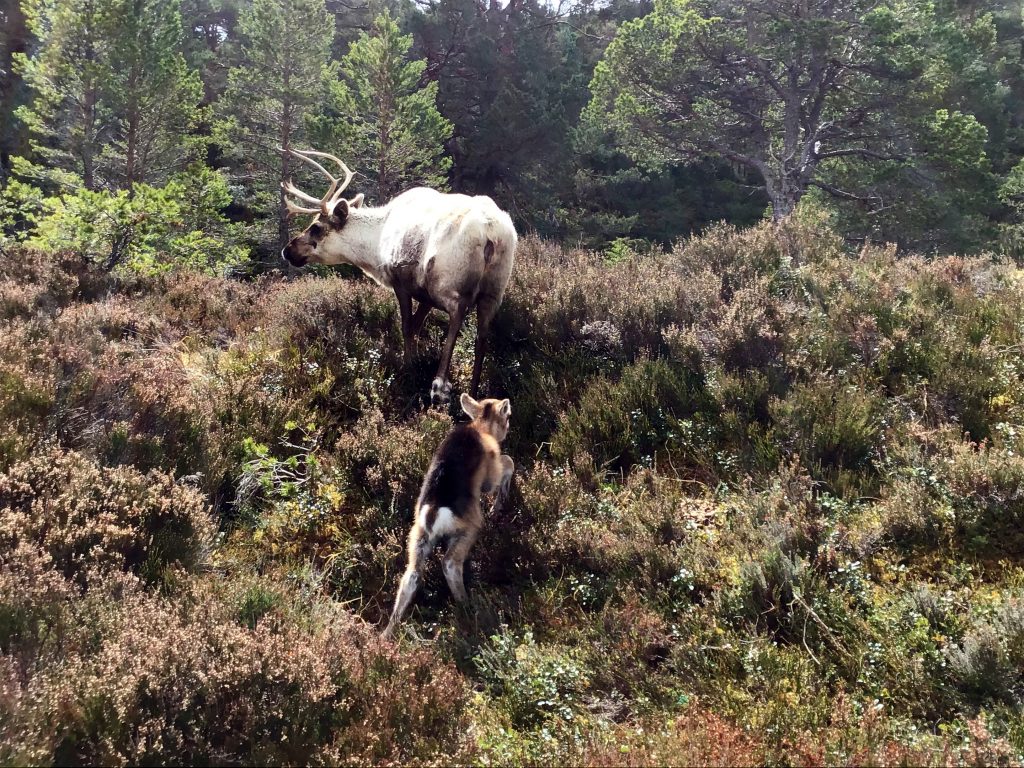
At least it was a small calving this year, so the continual trudging around the enclosure only went on for so long. And the reindeer appeared to finally take pity on us as a couple of the later ones to calve did so in a much more open, agreeable area where they were plainly visible. In fact first time mum Blyton calved right beside the Bottom Corridor fence, right beside the cows and calves, and did so right before we did a Facebook Live video (https://www.facebook.com/182577928433967/videos/517342392958642), meaning she could be seen in the background throughout, and making Andi’s life nice and easy as all she had to do was pop over the fence once the camera stopped rolling to check out the new arrival!
Hen

